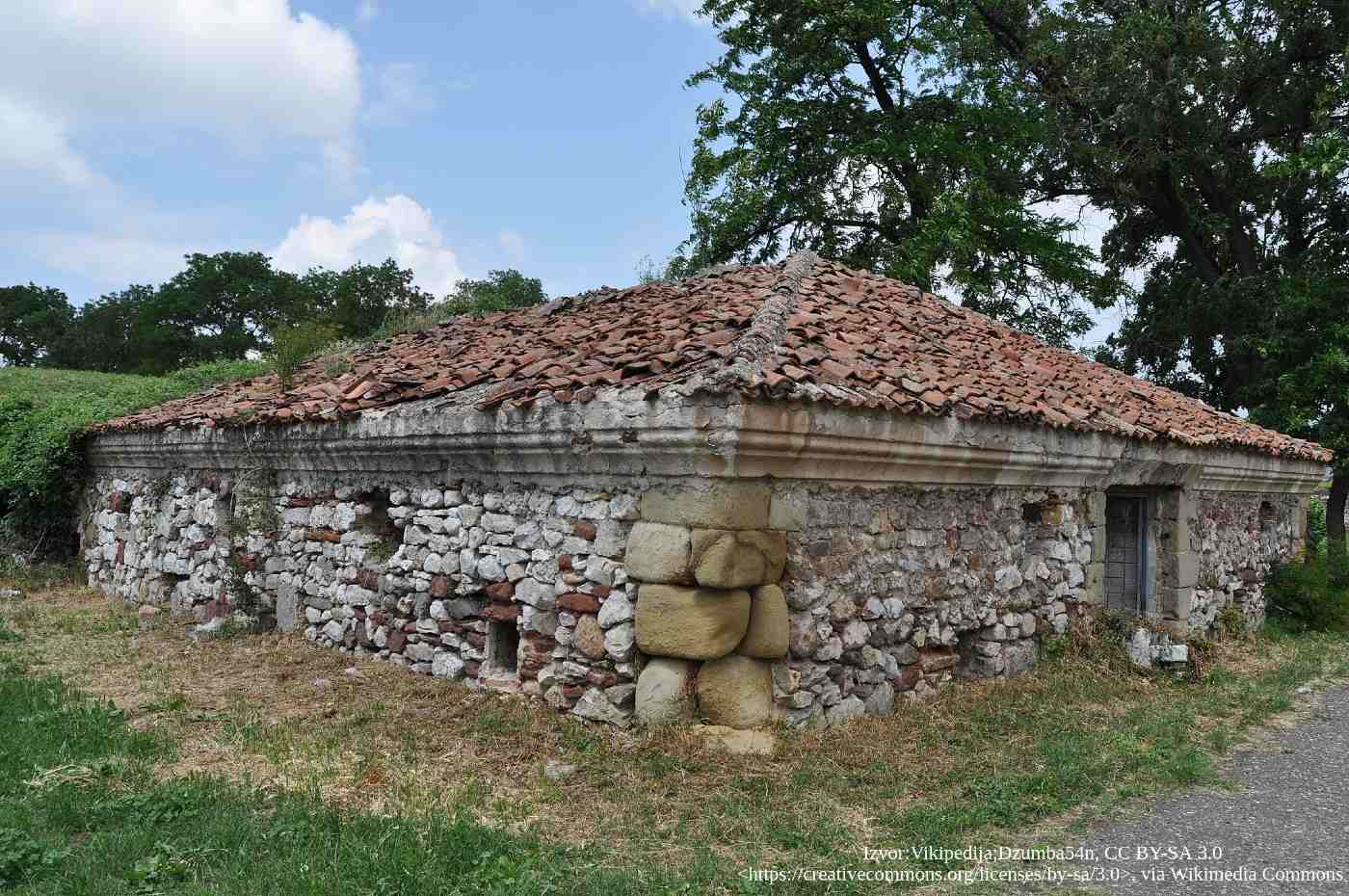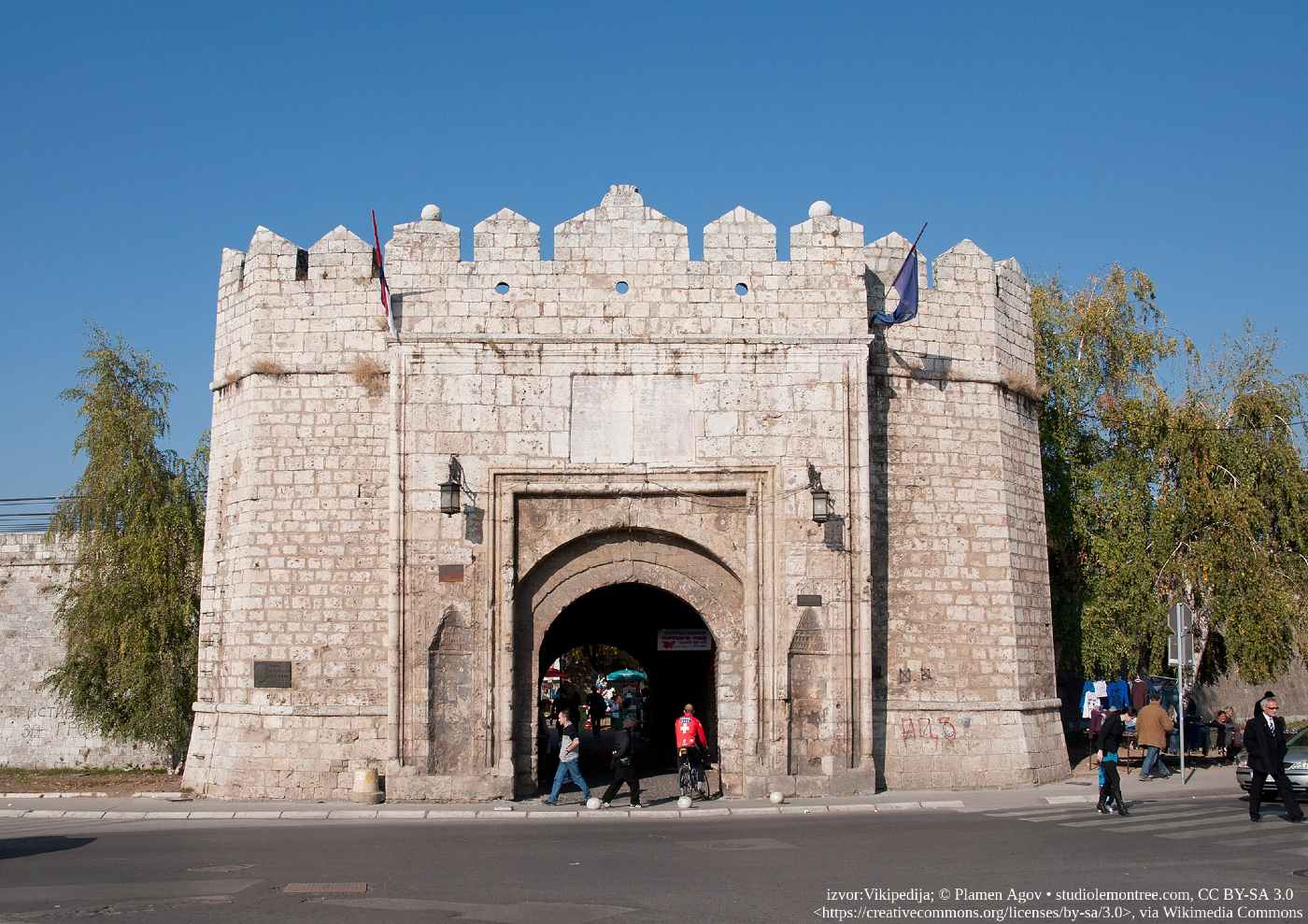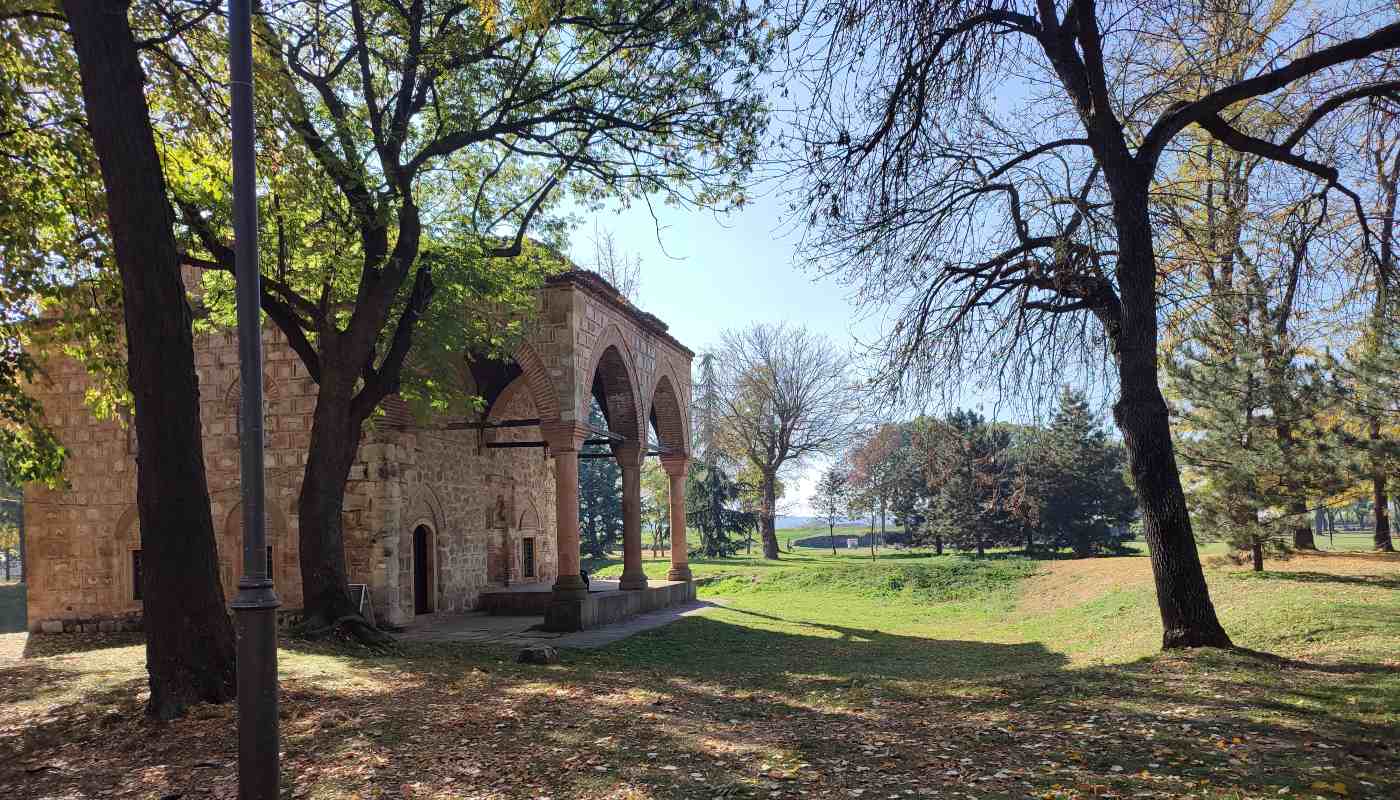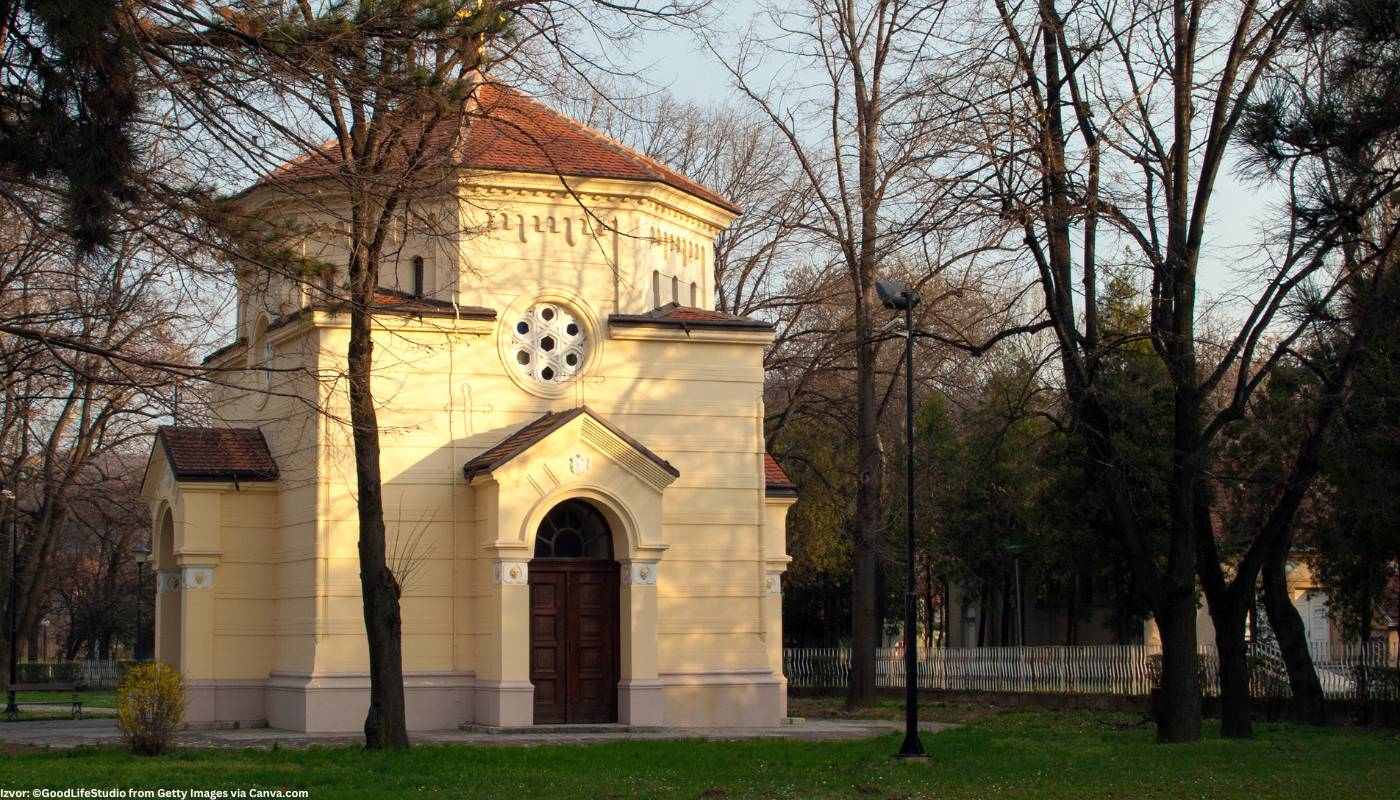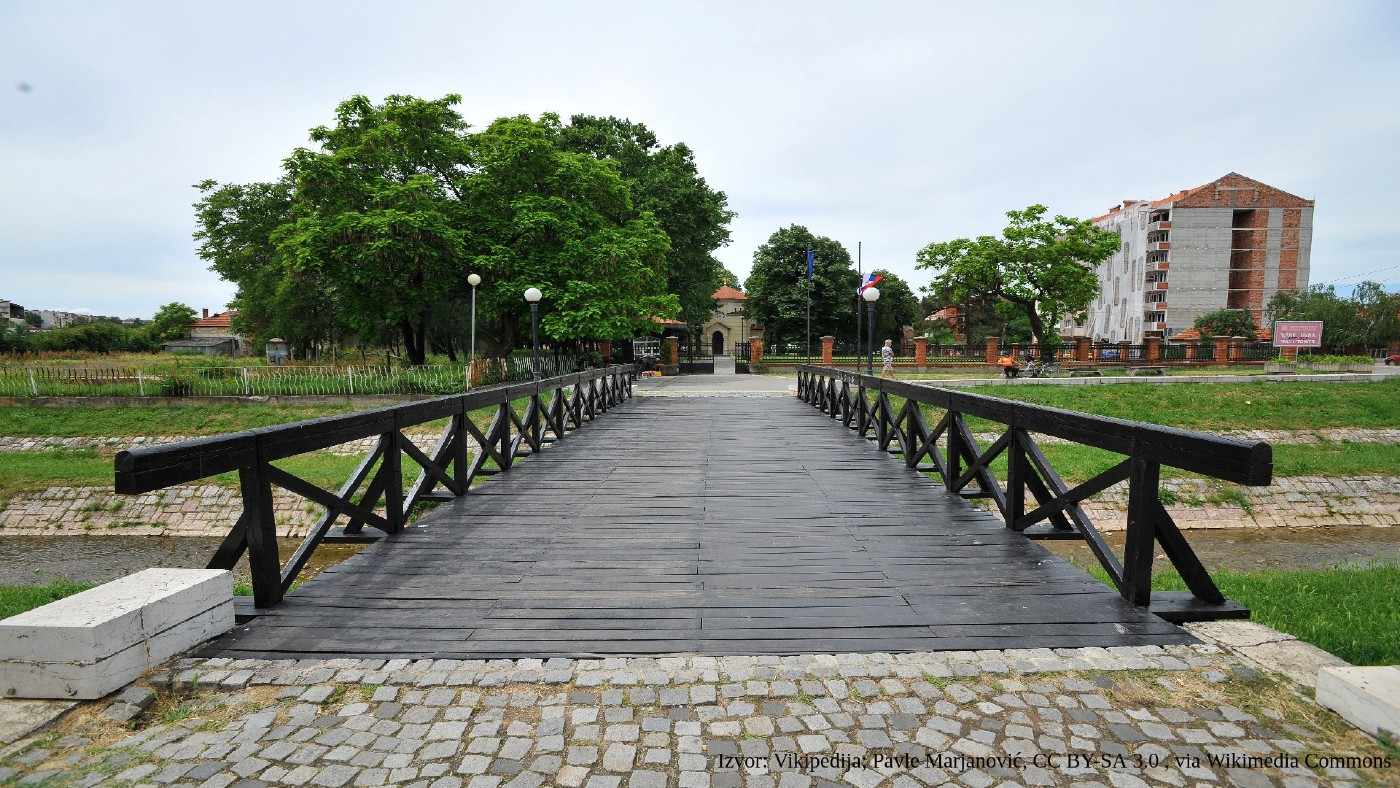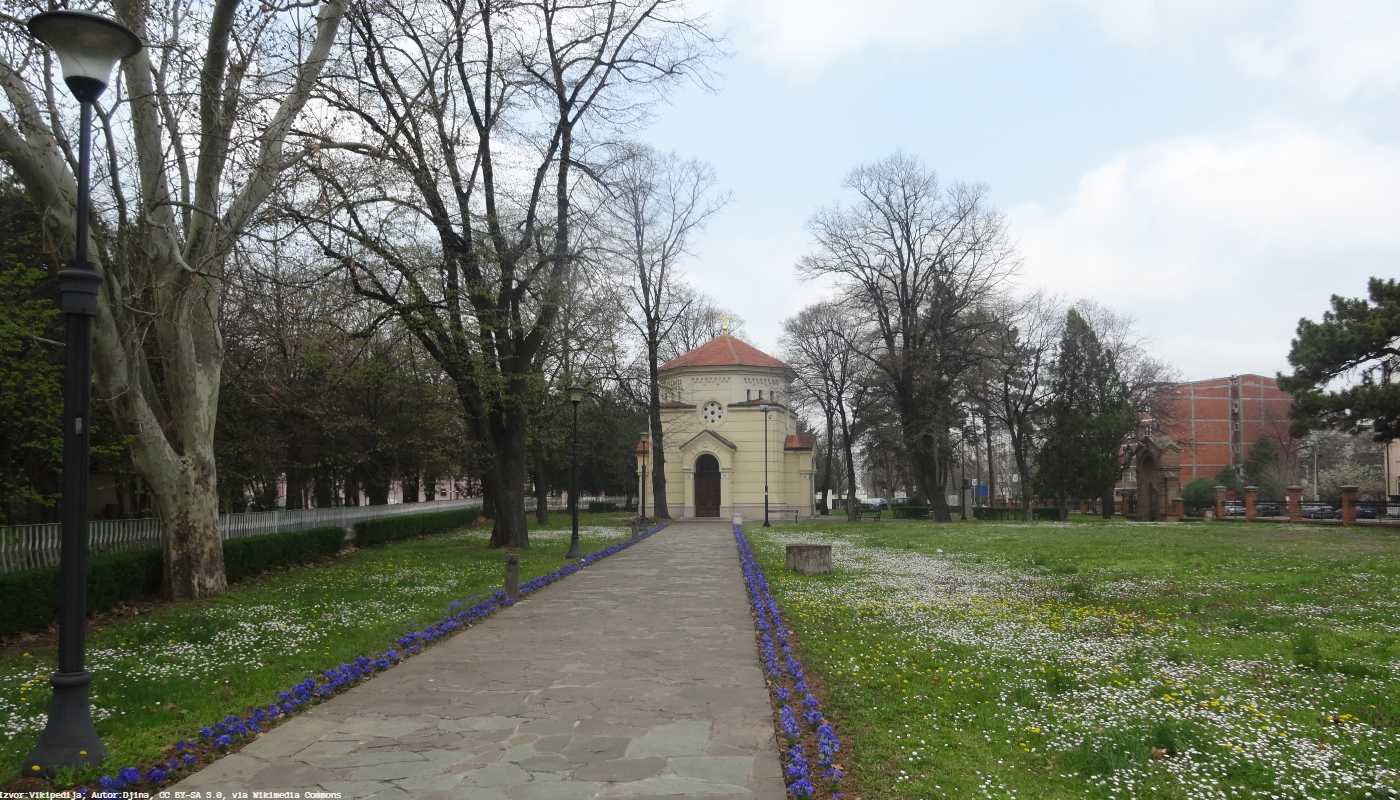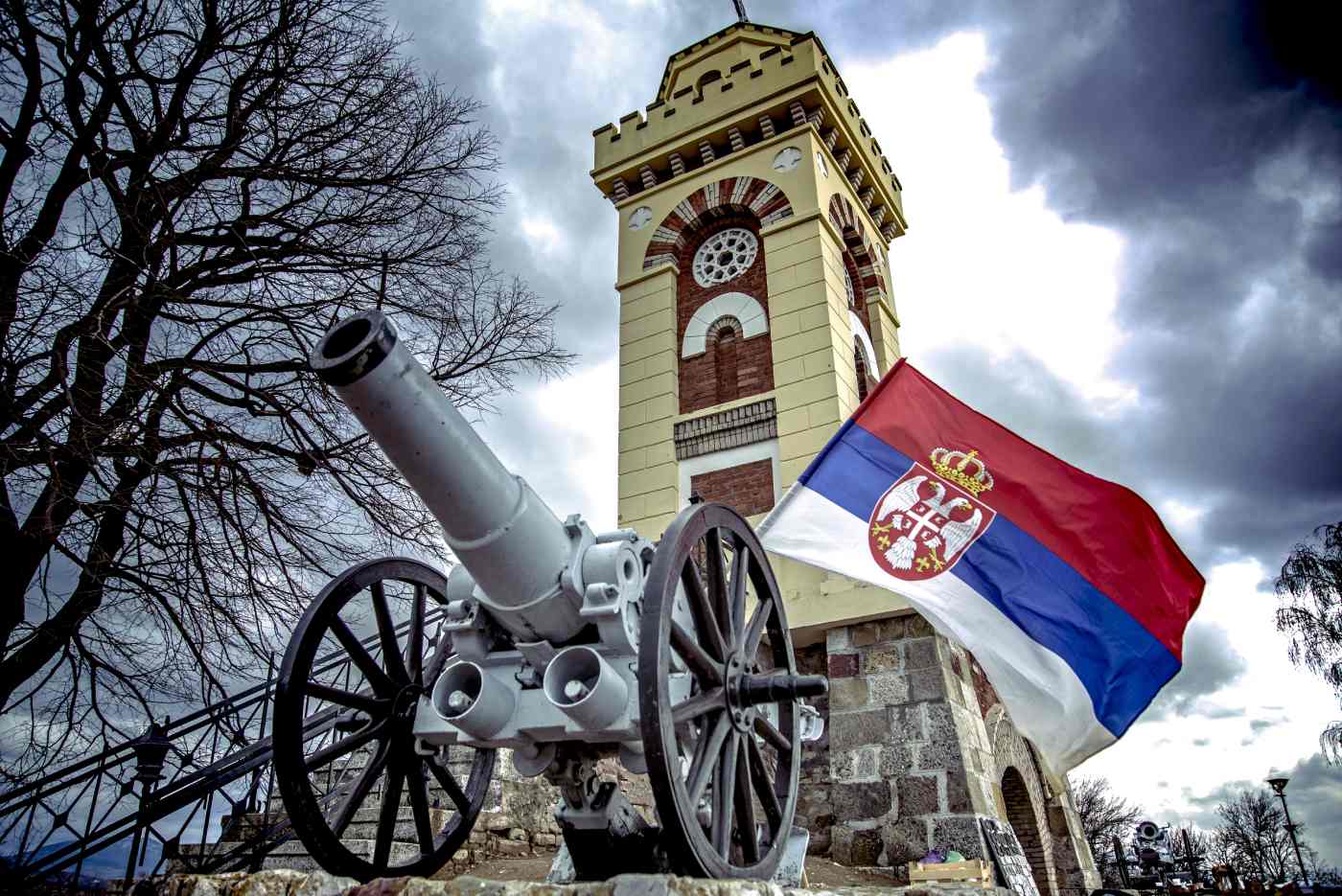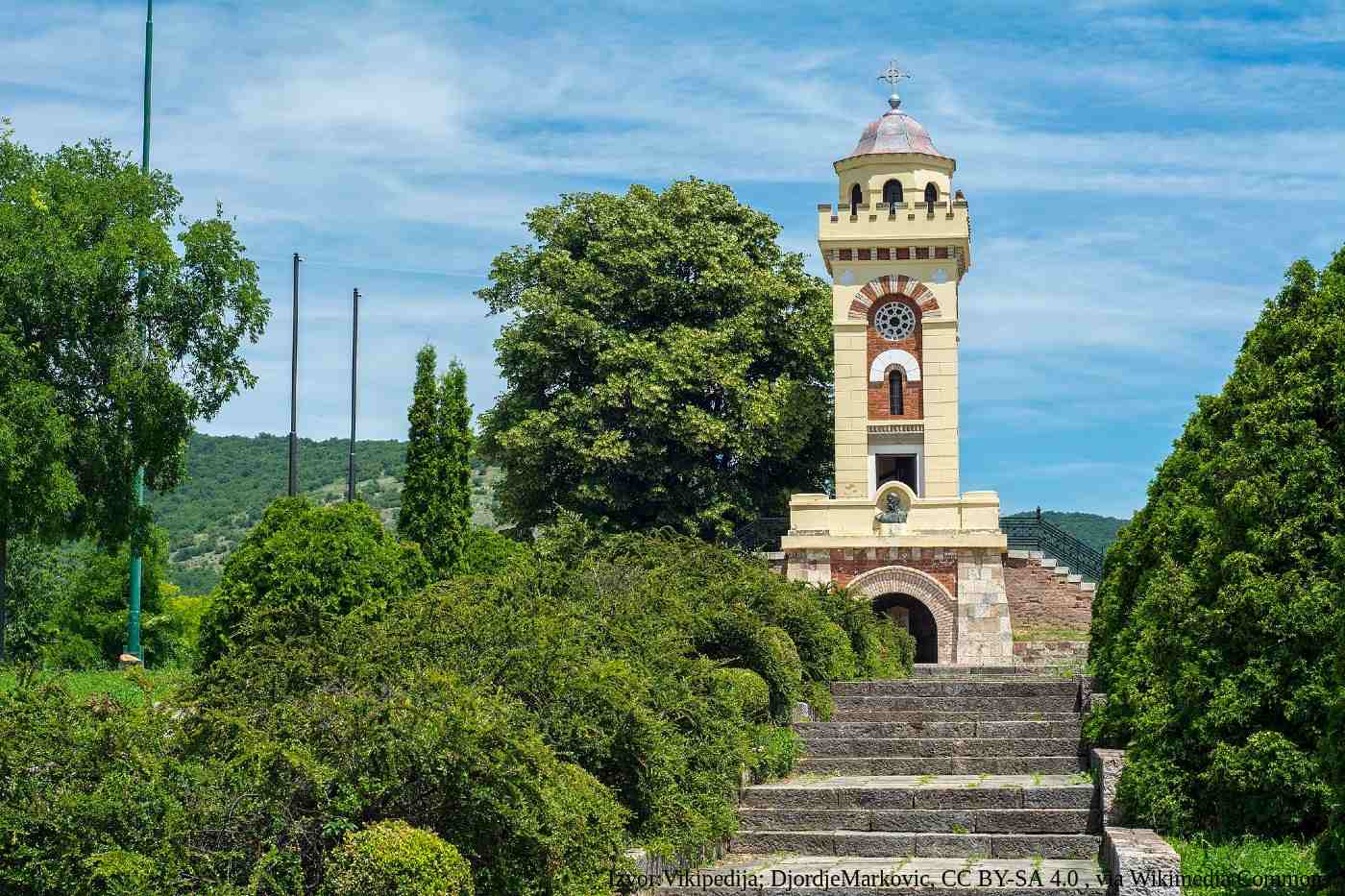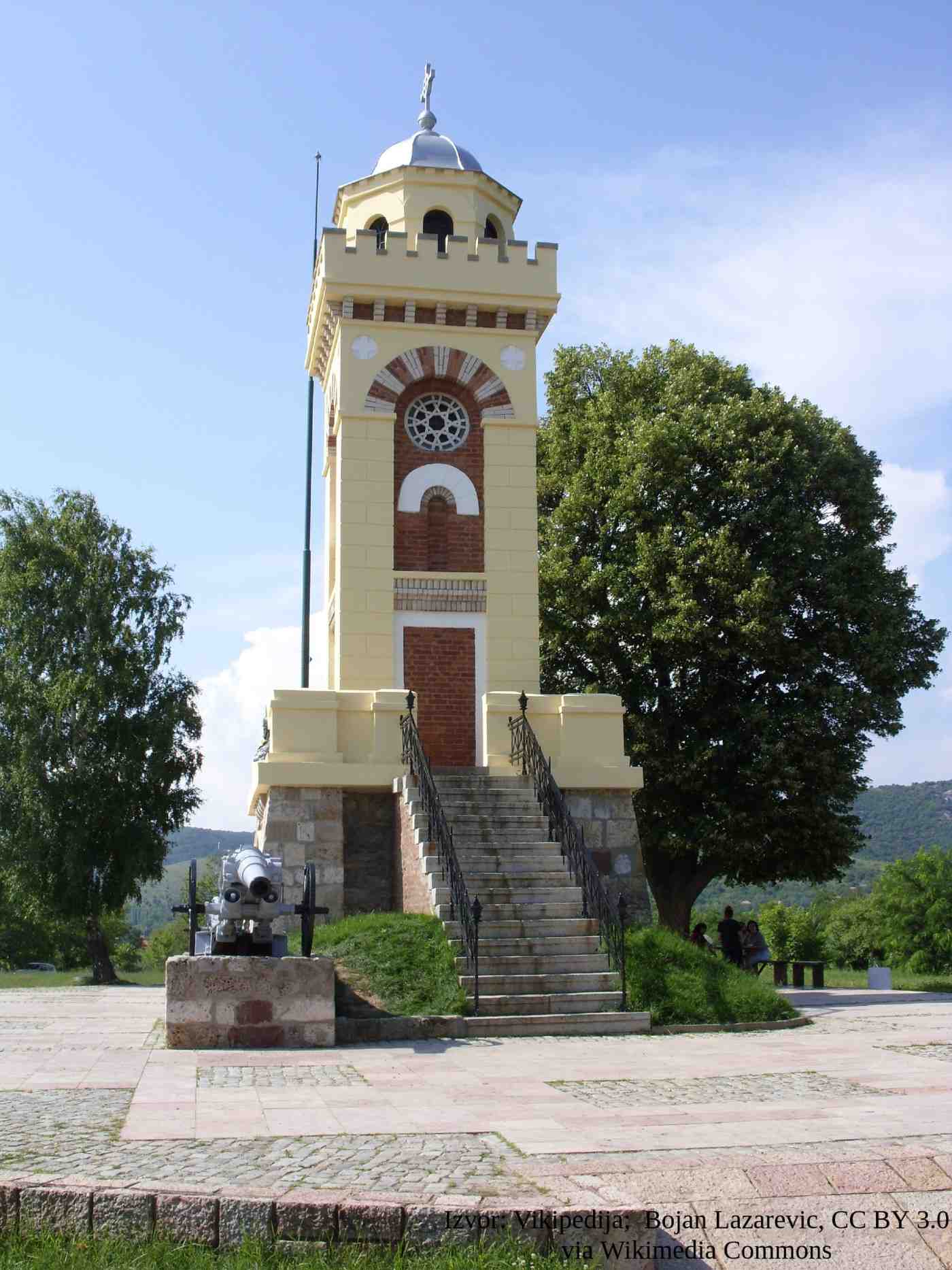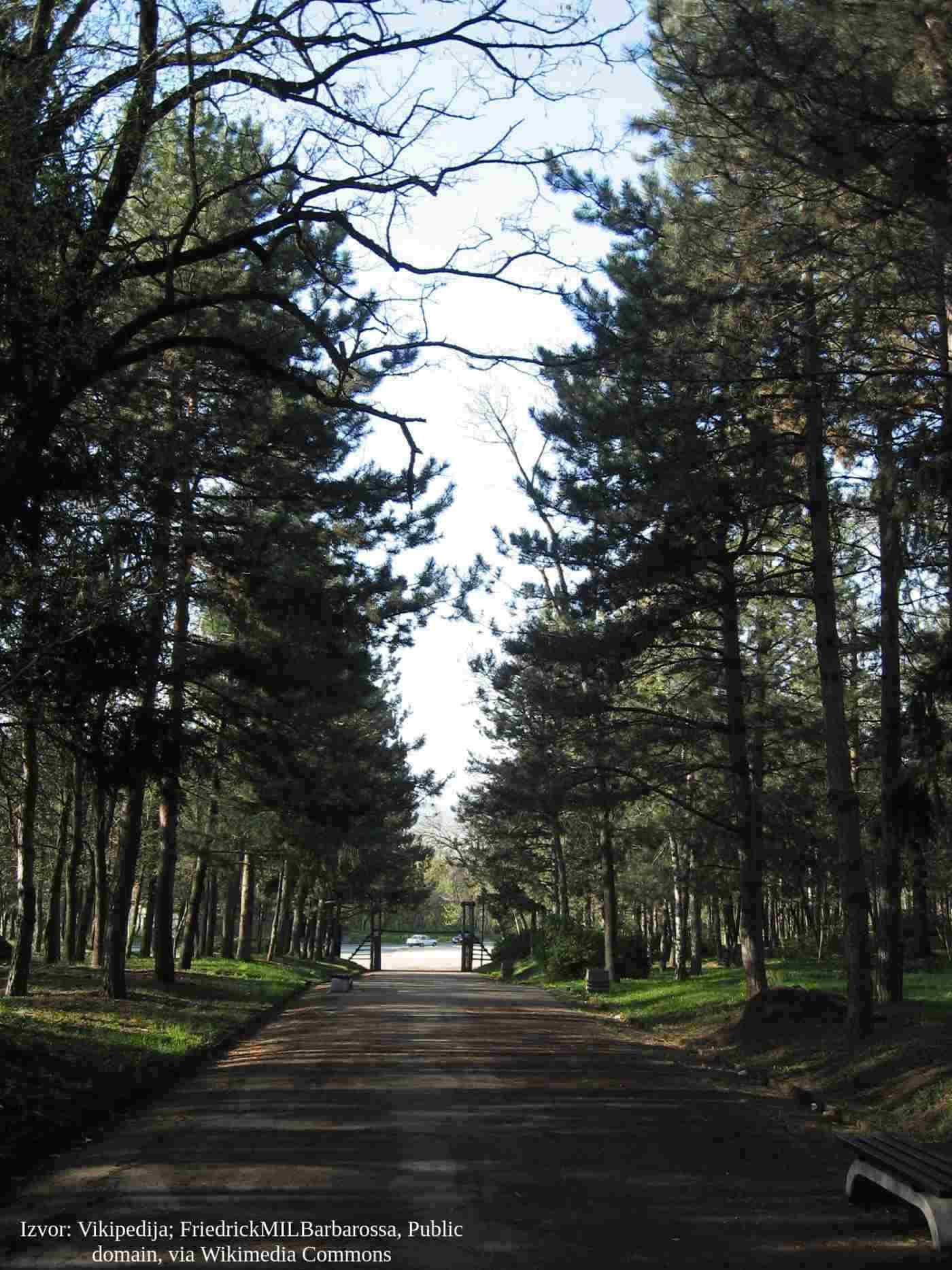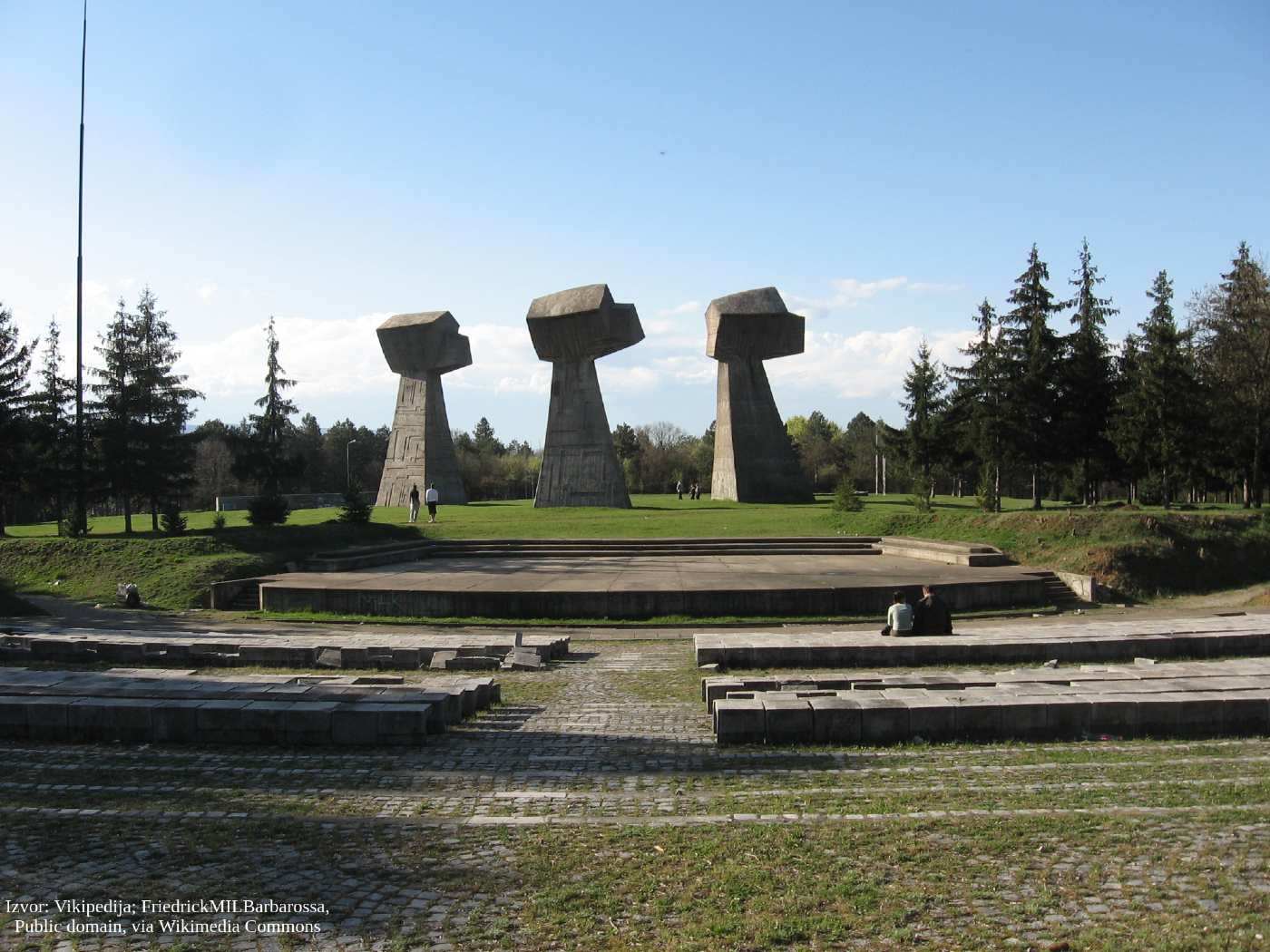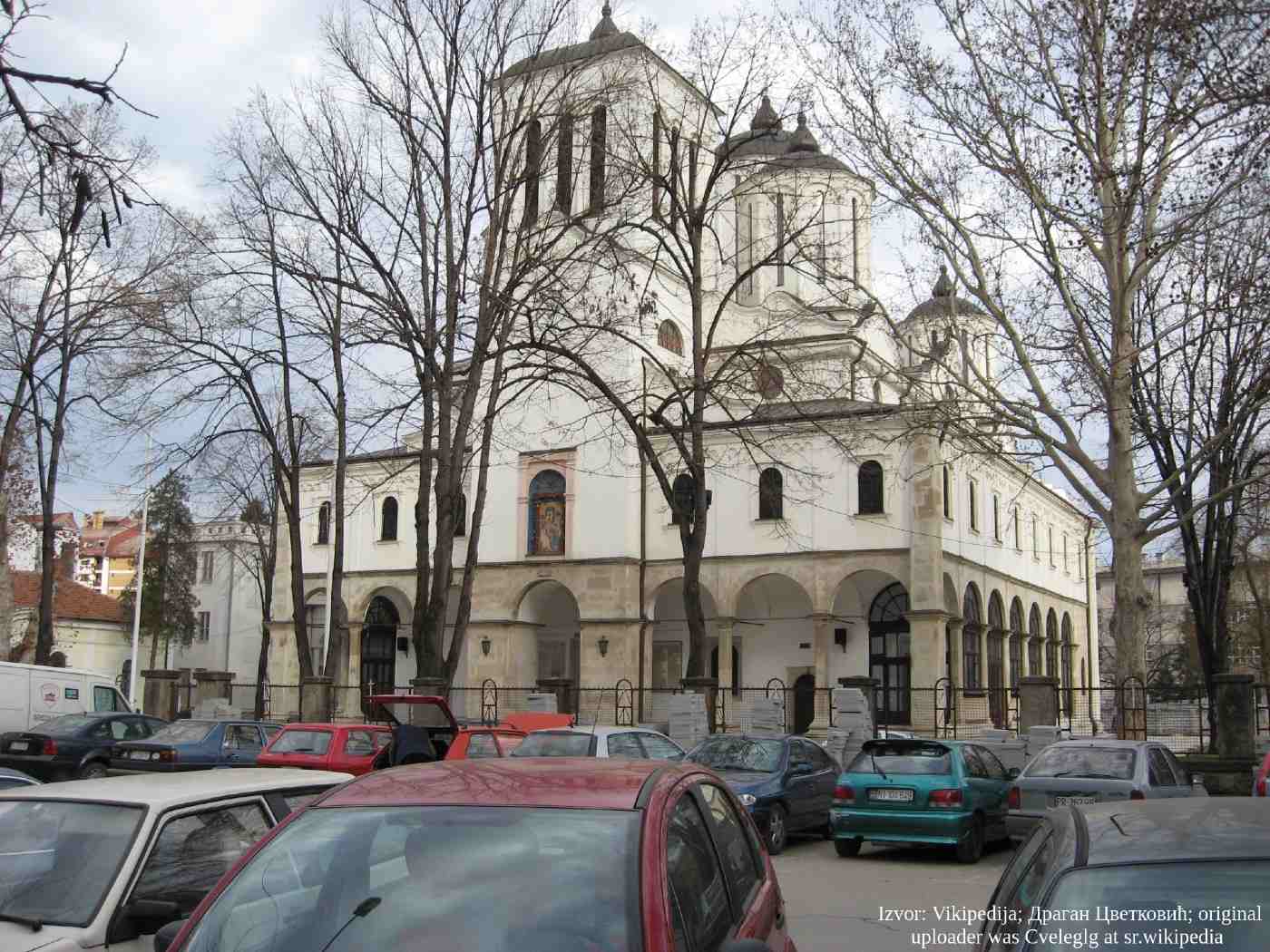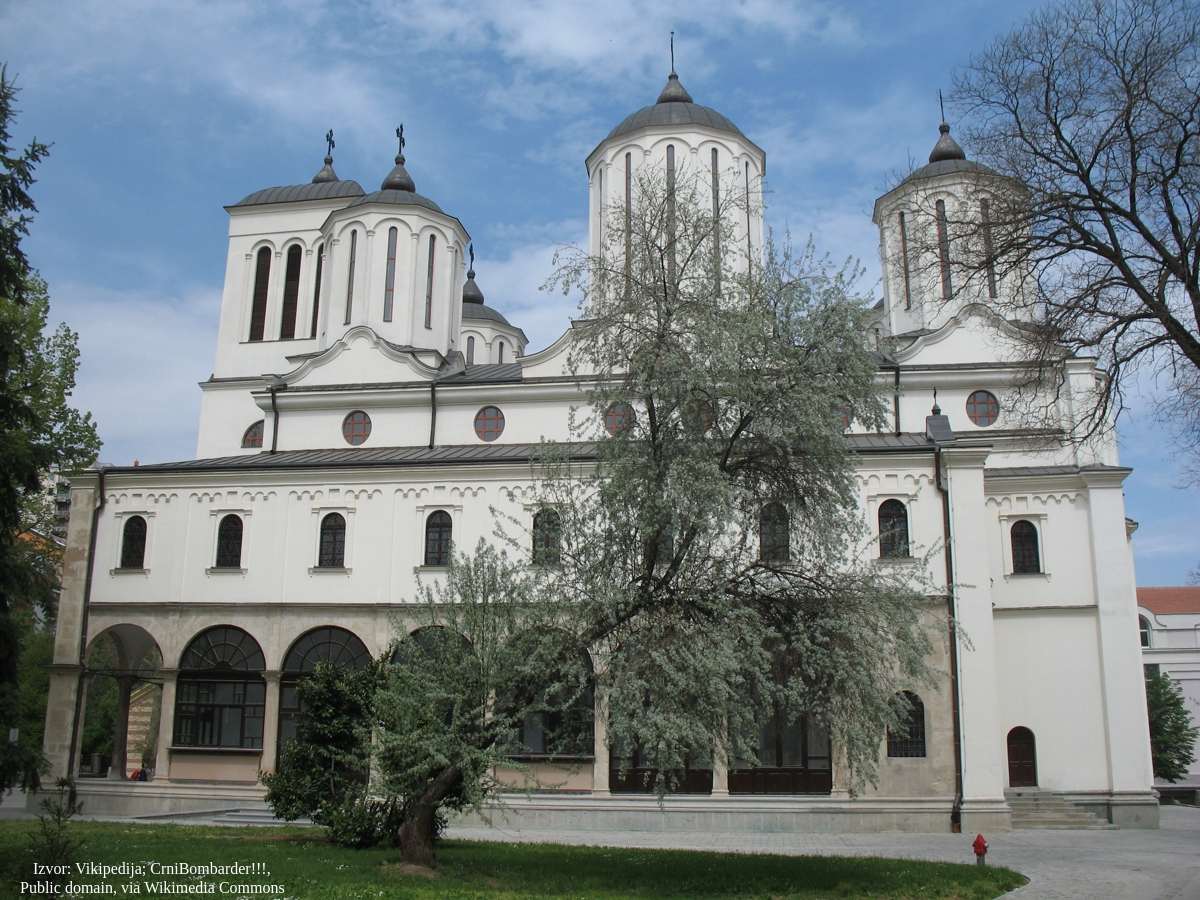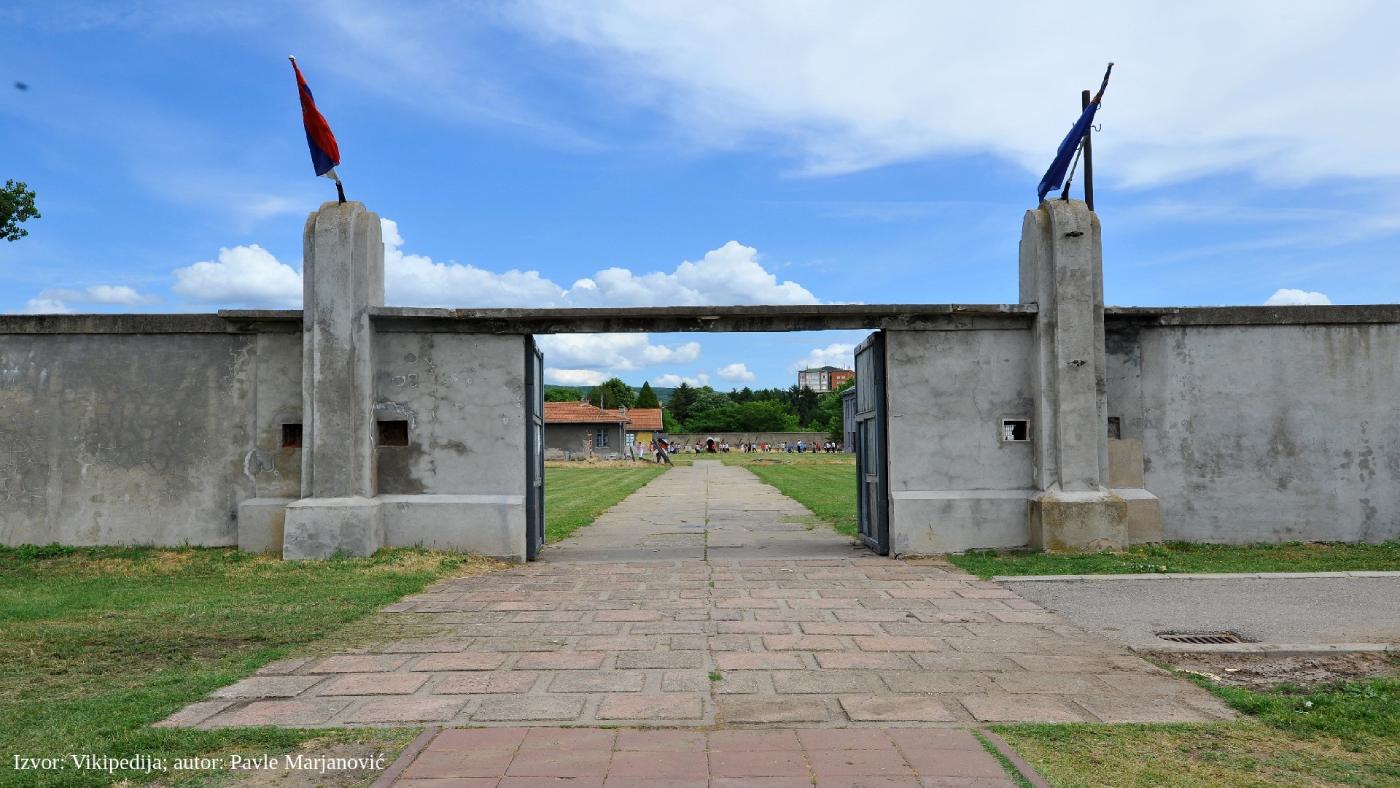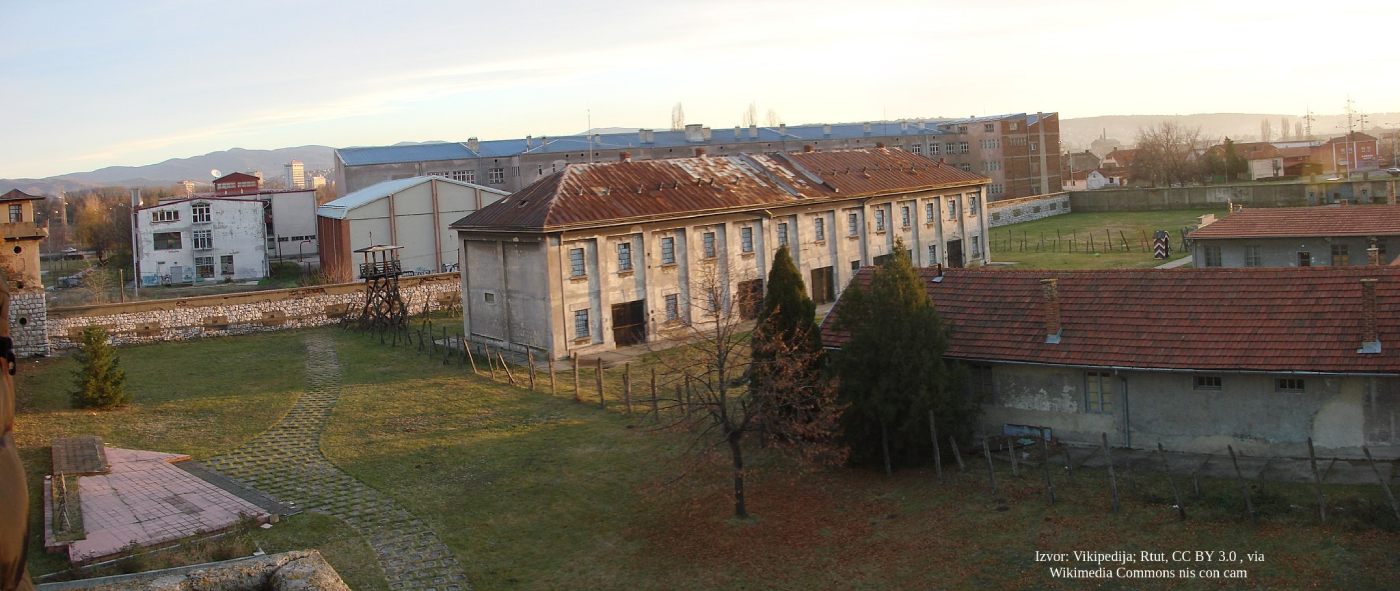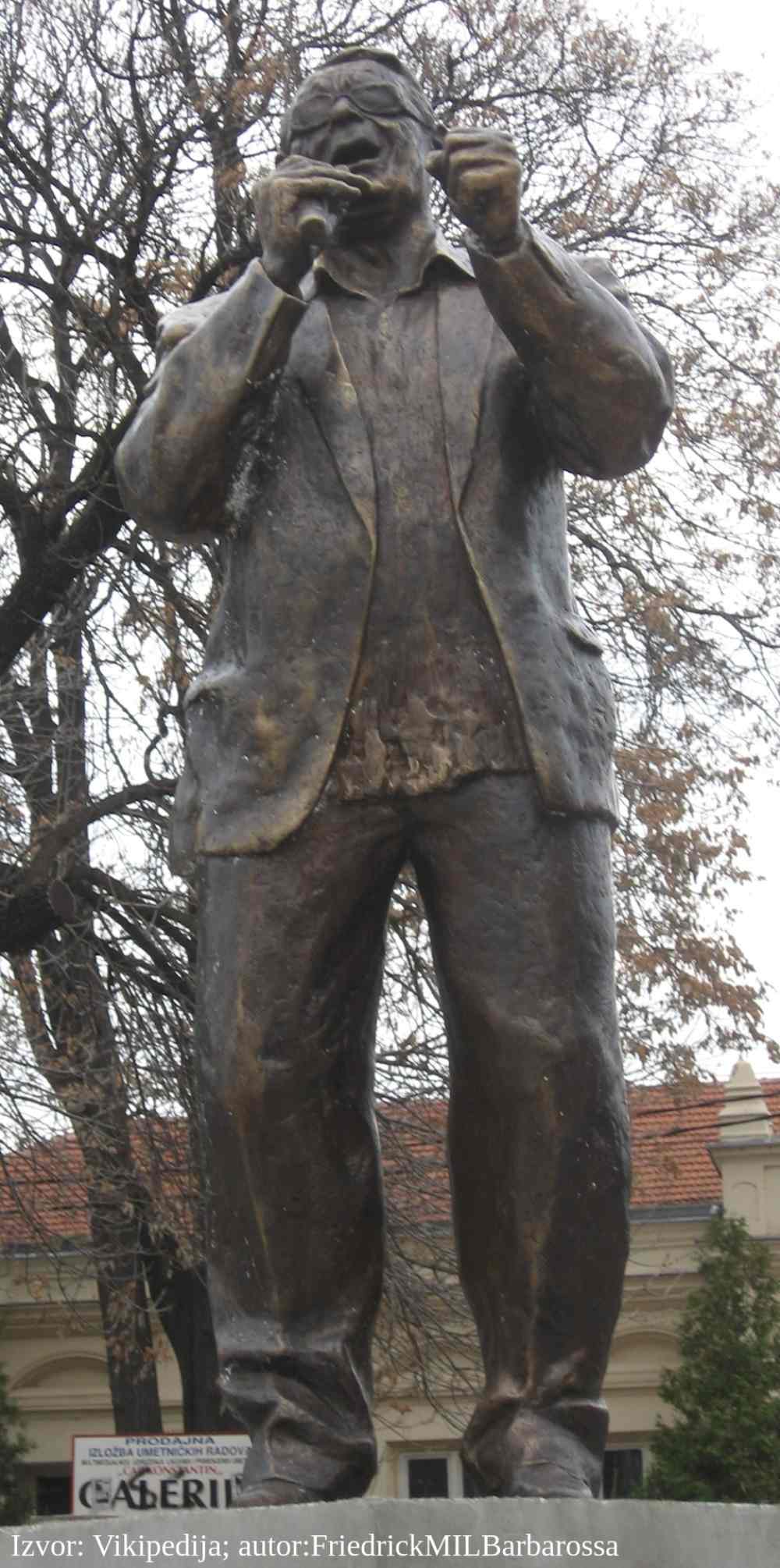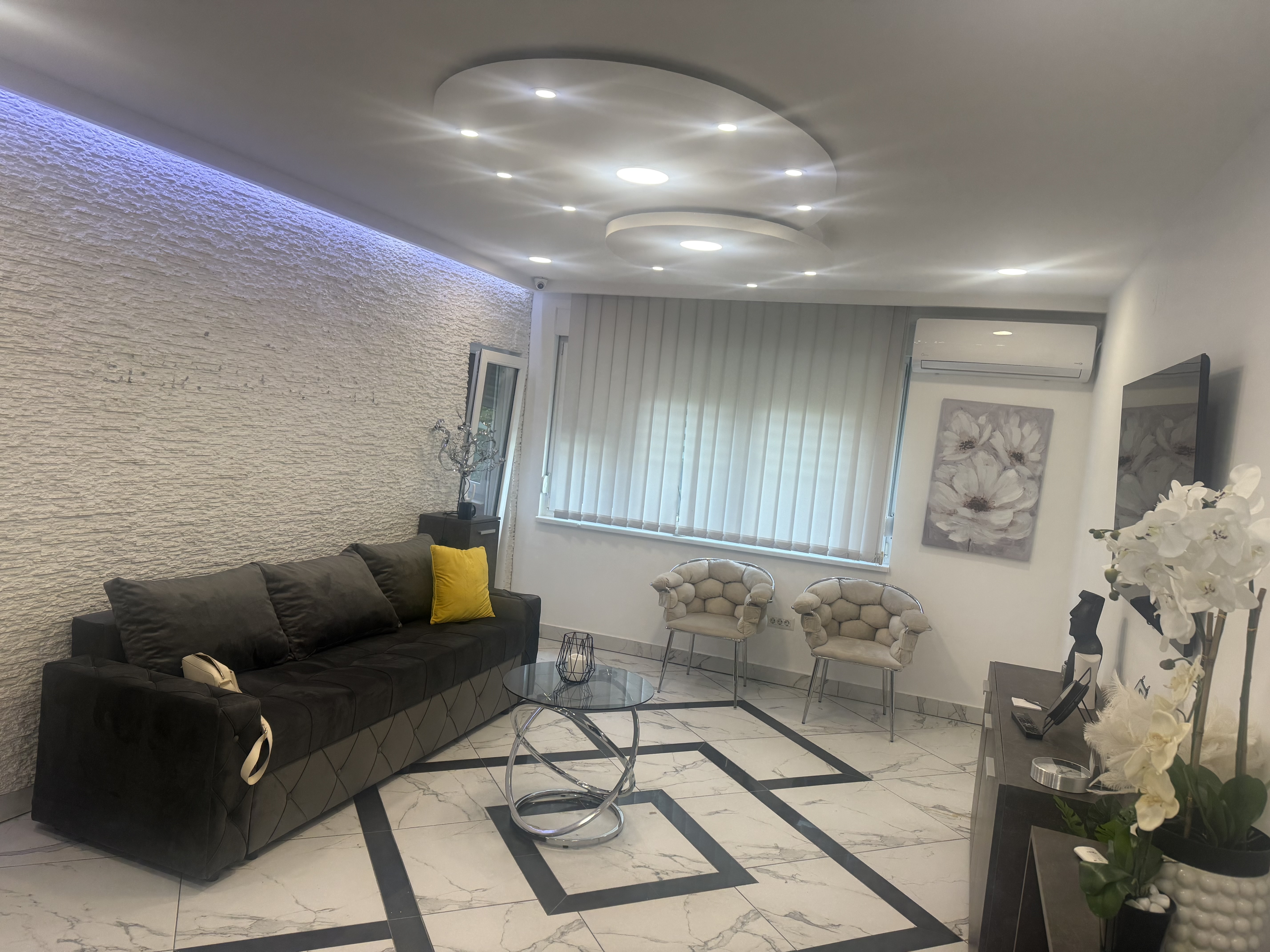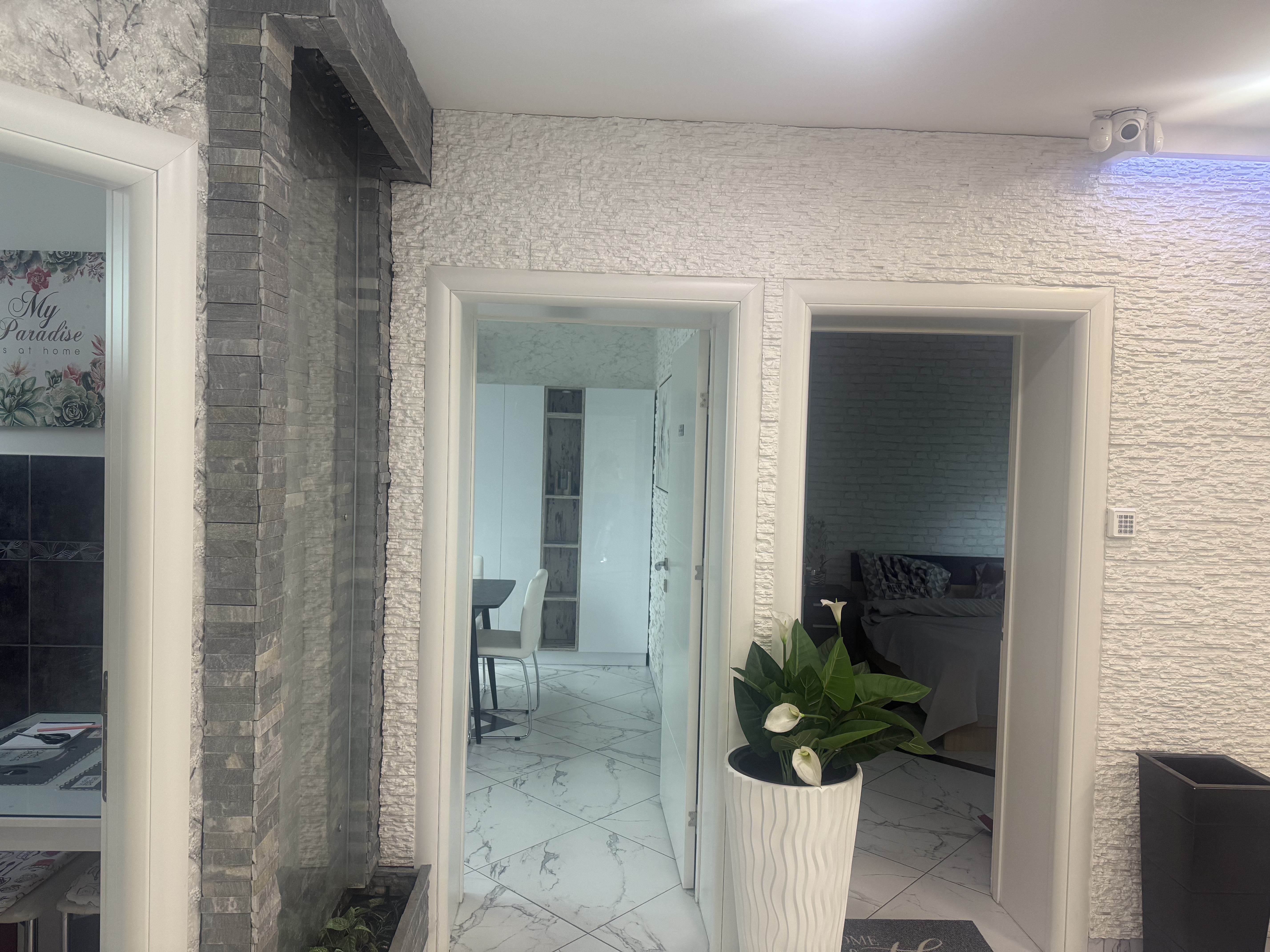Back
Narodni muzej Niš
Share this attraction
Back
Narodni muzej Niš
Nis
National Museum Nis - the most important information
During the 19th century, the interest of foreign travel writers in Serbia increased and they began to present their collected data; thus began the museum activity in Nis. On April 1st, 1933 members of the Museum Society founded the National Museum in Nis, which was then called the History Museum and was housed in the building of Uciteljski dom. Among the founders were Adam Orsic Slavetic, Borivoje Gojkovic, Aleksandar Nenadovic, Rudolf Bratanic and Borivoje Popovic. The main activities of the museum are collecting, documenting, preserving, studying and presenting museum values as well as disseminating knowledge about the historical connections behind them. Today, the Museum presents all activities at several locations in Nis that are easily accessible.
History of the National Museum of Nis
In the interwar period, the museum's activities included archaeological research works in Nis and the surrounding areas. The museum building on Mediana was then built and the artifacts were classified into 7 collections. The museum's collection at the time was one of the richest in Serbia due to its wide collection of exhibits, concept and expertise. The allied bombing of Nis in the Second World War did not leave out the main Museum building when the bomb destroyed a huge number of artifacts from the ethnographic collection in September of 1944. The museum building was renovated in 1945.
Since 1947, the museum has been called the National Museum. That is when the renewal of the collection began and consisted of gifts, bought artefacts and archaeological research. The museum was moved to the premises where it is today in 1950. Within this building is the historical department of the Museum of the National Liberation War. The permanent archaeological exhibition of the museum is located in the building of the former bank, which is located in Nikola Pasica Street. The space of the former Synagogue was bought by the museum in 1970. In the fall of 2001, the rehabilitation and renovation of the Synagogue building began, which restored it to its old glory and it still features specific artwork to the period of its founding. Today, exhibitions, concerts and literary evenings are held there. NATO bombing destroyed the main museum building in 1999.
Significance of the National Museum of Nis
History of the National Museum of Nis
In the interwar period, the museum's activities included archaeological research works in Nis and the surrounding areas. The museum building on Mediana was then built and the artifacts were classified into 7 collections. The museum's collection at the time was one of the richest in Serbia due to its wide collection of exhibits, concept and expertise. The allied bombing of Nis in the Second World War did not leave out the main Museum building when the bomb destroyed a huge number of artifacts from the ethnographic collection in September of 1944. The museum building was renovated in 1945.
Since 1947, the museum has been called the National Museum. That is when the renewal of the collection began and consisted of gifts, bought artefacts and archaeological research. The museum was moved to the premises where it is today in 1950. Within this building is the historical department of the Museum of the National Liberation War. The permanent archaeological exhibition of the museum is located in the building of the former bank, which is located in Nikola Pasica Street. The space of the former Synagogue was bought by the museum in 1970. In the fall of 2001, the rehabilitation and renovation of the Synagogue building began, which restored it to its old glory and it still features specific artwork to the period of its founding. Today, exhibitions, concerts and literary evenings are held there. NATO bombing destroyed the main museum building in 1999.
Significance of the National Museum of Nis
- "Zbornik" is a scientific and professional publication of the National Museum, which contains the works of museum workers, as well as associates from other cultural institutions.
- The National Museum takes care of the archaeological site of Mediana, the monument Cele Kula and the memorial complex “12. februar ”.
- Through its work, the museum provides context to historical events that were crucial for the creation of civilizations and Nis today, preserves them and presents them to younger generations.
Don't miss:
The museum fund consists of an archaeological, ethnographic, historical and artistic collection, a department of literary heritage, education, documentation and conservation. The museum also houses a photo laboratory and a library with over 14,000 publications. The National Museum takes care of the archaeological site of Mediana, the Cele Kula monument and the memorial museum “12. februar ”. The donation of the artist Mosa Soamovic contained a special collection of drawings by his contemporaries, but most of the works were destroyed in the 1944 bombing. The art history collection has 858 paintings, drawings, graphics and sculptures and was created between 1964 and 1969.
The historical collection has been a part of the museum the longest time and has existed since its founding; most of it was damaged in the 1944 bombing. The exhibits of the archaeological collection are mostly from the late antique period, in addition to the Byzantine and medieval periods. The Archaeological hall of the museum houses the permanent exhibition that includes:
The museum fund consists of an archaeological, ethnographic, historical and artistic collection, a department of literary heritage, education, documentation and conservation. The museum also houses a photo laboratory and a library with over 14,000 publications. The National Museum takes care of the archaeological site of Mediana, the Cele Kula monument and the memorial museum “12. februar ”. The donation of the artist Mosa Soamovic contained a special collection of drawings by his contemporaries, but most of the works were destroyed in the 1944 bombing. The art history collection has 858 paintings, drawings, graphics and sculptures and was created between 1964 and 1969.
The historical collection has been a part of the museum the longest time and has existed since its founding; most of it was damaged in the 1944 bombing. The exhibits of the archaeological collection are mostly from the late antique period, in addition to the Byzantine and medieval periods. The Archaeological hall of the museum houses the permanent exhibition that includes:
- Objects from prehistory that are over 1000 years old,
- Items from Roman times
- Remains of a Roman villa fence from Mediana
- Items from the Middle Ages.
When visiting the museum, among other things, you can also see;
- Prehistoric objects from various sites in Nis and its surroundings
- 1,500 ancient objects from all spheres of life
- Money: Greek, Byzantine and medieval
- Weapons
- Photographs
- Postcards
- War and similar medals.
Ticket prices:
- Free entrance at all locations is provided to children under the age of 7, members of the Association of people with disabilities, members of MUP Serbia, members of the Museum Society of Serbia (with identification) and members of ICOM.
- Ticket prices range from 150 to 300 dinars, while admission to the Synagogue Gallery is always free.
- It is possible to organize group visits with prior notice.
Working hours:
- Archaeological Hall: Tuesday-Friday 10: 00-17: 00; Weekend 10:00-15: 00
- Synagogue Gallery: Tuesday-Friday 12: 00-18: 00 ; Weekend 10: 00-15: 00
How to get to the National Museum Nis?
The Archaeological Hall as the main exhibition space with a permanent exhibition is located in the city center so a short walk from there is the easiest way.
The Archaeological Hall as the main exhibition space with a permanent exhibition is located in the city center so a short walk from there is the easiest way.
- On foot: 2 minutes walk from the city center through Nikola Pasic Street
- Taxi stations: Prvi Taxi 018 /4500005, Bros Taxi 018 /4155541, City Taxi 0800 / 000022
Location
Learn more about this destination
Discover the beauty of the destination through blogs that highlight the most famous landmarks, hidden gems, and provide travel tips for visiting this destination. Embark on an adventure through the stories of experienced travelers.


